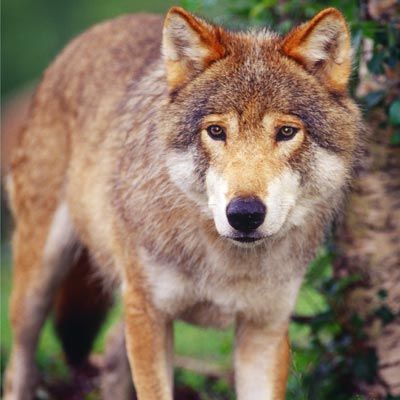
Most biologists believe that dogs were bred from wolves and that this breeding occurred about 12,000 years ago. See a wolf species from Mexico next.
Advertisement
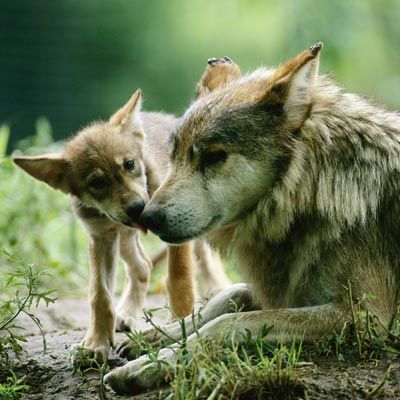
Thought to be extinct in the wild with about 140 in captivity, the Mexican gray wolf is being bred for re-release. See this wolf's northern cousin next.
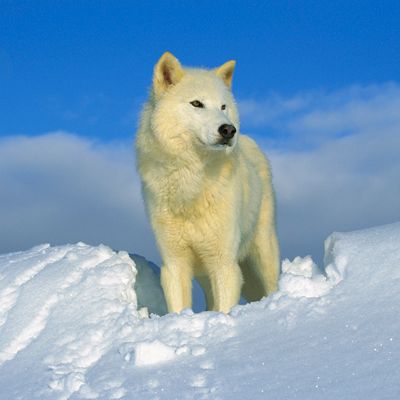
The white fur of the arctic wolf acts as camouflage with the snowy background. This makes it difficult for the wolf's prey to see it coming. See a form of wolf communication next.
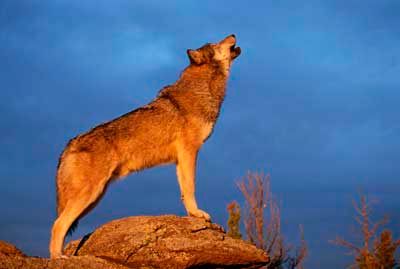
Wolves communicate with each other by whining, yelping, growling or howling. On a calm night, their howls can be heard from up to 10 miles (16 kilometers) away. Do wolves ever live alone? Find the answer next.
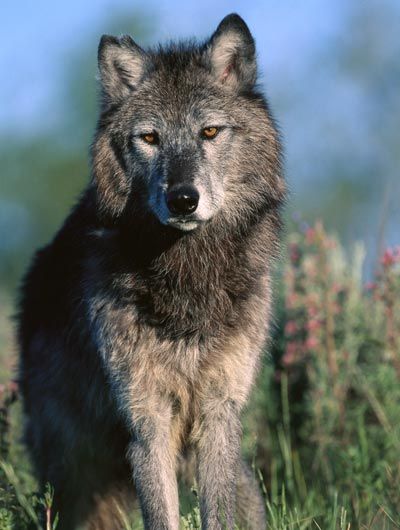
Sometimes, wolves leave their packs for various reasons. A wolf may leave because it has been mistreated by other pack members, or an alpha wolf might be forced to leave if a new wolf takes its place. See what newborn wolf pups are like next
Advertisement

Newborn wolf pups are blind, deaf and helpless. They need their mother's warmth to keep a steady body temperature. The pups spend their first days living in the den, drinking their mother's milk. See these pups' progression next.

After three weeks, the pups begin to explore and eat meat. They beg for meat by licking the mouth of their mother or another adult wolf. The adult coughs up regurgitated meat, and the pups eat it. Check out what happens next.
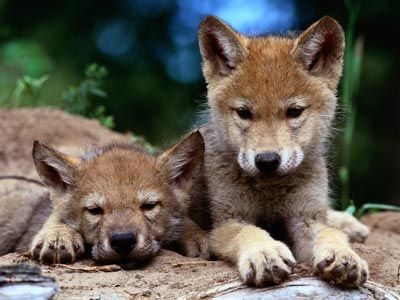
When they are 2 months old, the pups no longer need the den. The pack relocates to an open-air home called a rendezvous site. They may look sweet and harmless, but wolves aren't man's best friend. See what we mean next.

Wolves have been the subject of many superstitions and legends. The wolf appears as a villain in fairy tales such as "Little Red Riding Hood." Although wolves are often portrayed as vicious, they rarely attack humans. See a Eurasian species next.

Wolves, like this tundra wolf, use several features to hunt prey. Wolves have excellent hearing and a keen sense of smell, which can help them detect deer from more than one mile (1.6 kilometers) away. Discover a rare and endangered species next.
Advertisement
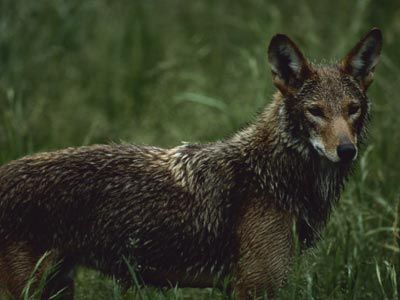
Wolves, like this red wolf, can run for 12 miles (19 kilometers) at 15 to 30 mph (24 to 48 kph). Over a short distance, they can sprint as fast as 40 mph (64 kph). Finally, see what "pack mentality" means.
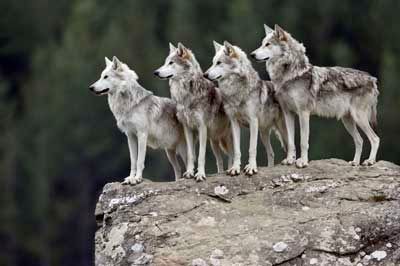
Wolves naturally organize themselves into packs to maintain stability and assist with hunting. To learn more about wolves check out the Canines Channel.